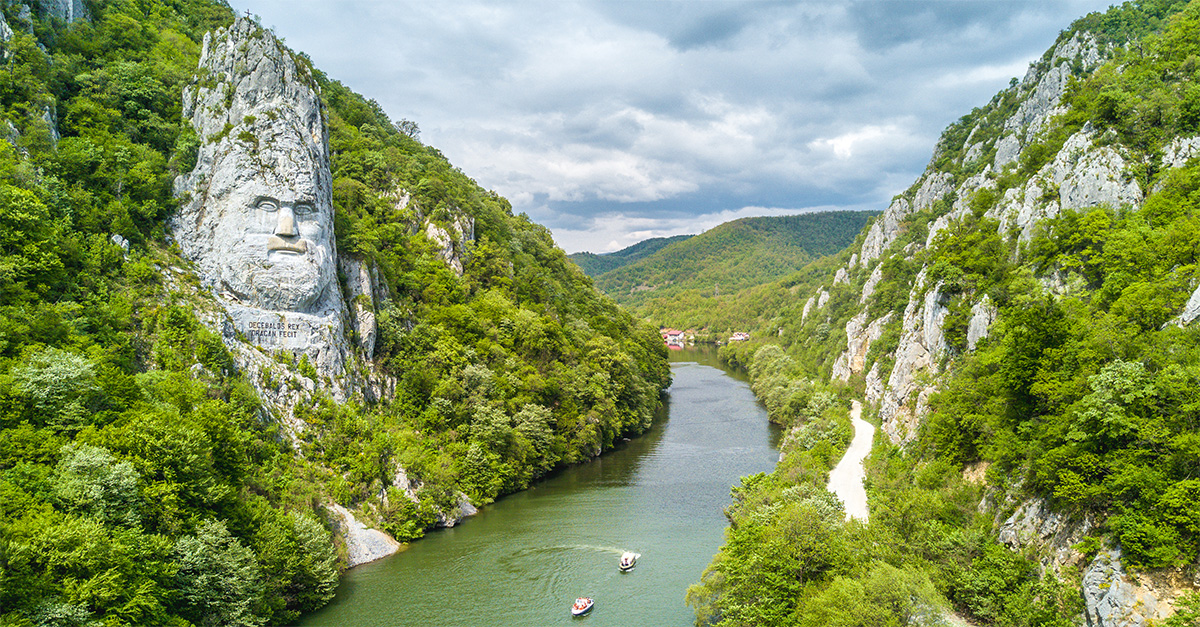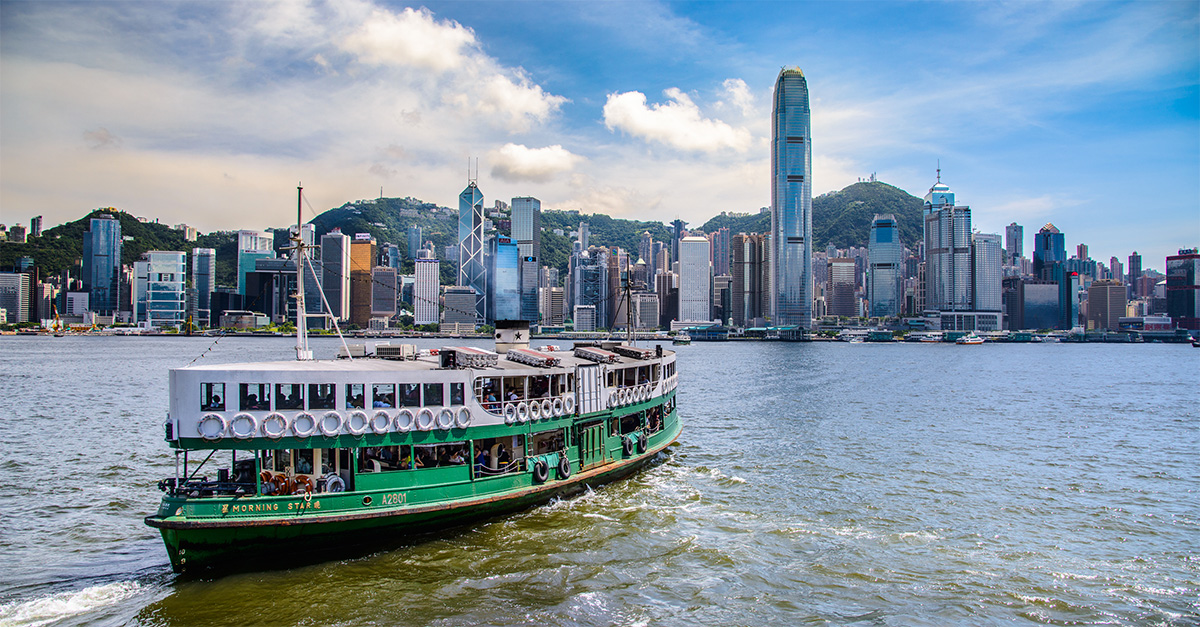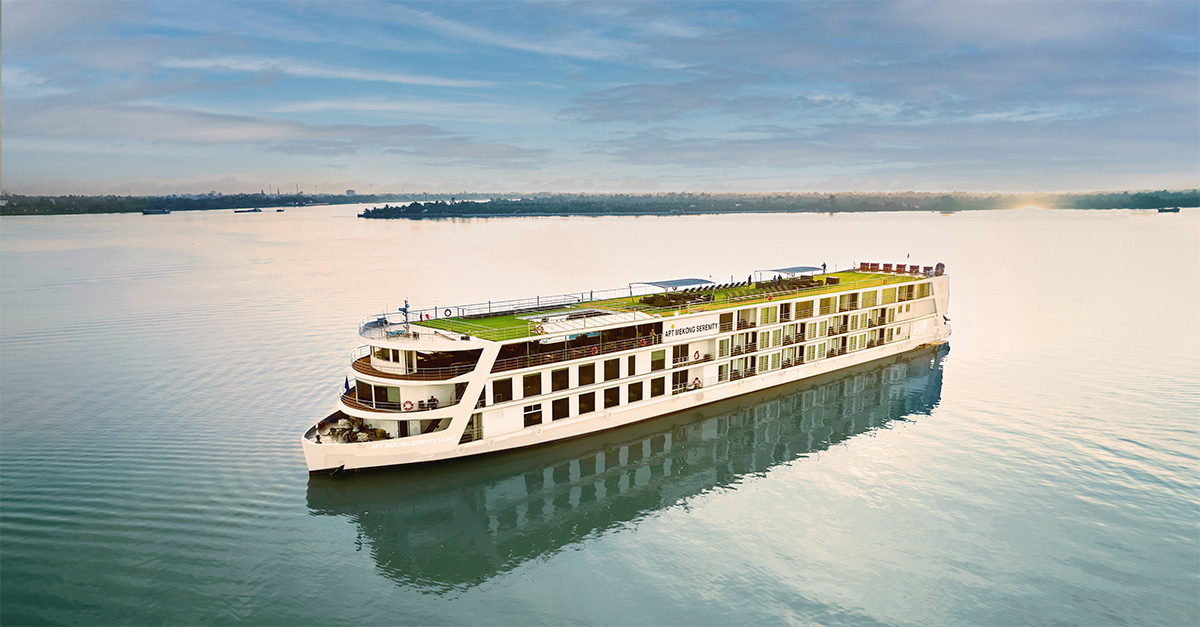From cowboys to winemakers, Joanna Booth finds that Texans like to do things their own way
Like this and want more details? Click here to download and save as a PDF.
“Kick your horse!” It was all very well for Tyler to shout this, casual as you like. Our wrangler at the Dixie Dude Ranch was an ex-rodeo rider, and so however hard he kicked his horse, it would be OK. Whereas I felt that Sox and I had an understanding, albeit unspoken, that if I didn’t mess with him, he wouldn’t mess with me.
However, ‘not messing’ is emphatically not the Texas way. The Lone Star state has been noted throughout history for its independent spirit. Happily, it’s also known for courtesy, warm welcomes and well-trained horses, so my half-hearted kick merely motivated Sox to amble slightly faster through the Texan Hill Country.
This south-central area of Texas, stretching from the Hill Country in the north down to the plains around San Antonio, has frontier spirit in spades – and sometimes it comes in forms you might not expect. Cowboys, of course, but winemaking? Visitors can drink up as well as saddle up, as pioneering vintners experiment with new blends.
San Antonio is the Hill Country’s hub, and a diverse city in its own right, with Wild West history. And with British Airways’ new direct flights into Austin, just an hour and a half away, this region of Texas is easier than ever to reach.
REMEMBER THE ALAMO
In historic terms, San Antonio is a heavyweight. It’s home to the Alamo, perhaps the most powerful of all symbols of Texan spirit and independence. The name and reputation loom large, but the four-acre site, with its low-rise, pale-primrose facade, feels diminutive in comparison to the downtown shopping centres it neighbours.
Originally a Spanish mission, and then a military station, the key events that guaranteed the Alamo’s place in history took place in 1836.
A small group of Texans held the fort against the might of the Mexican army for 13 days, against overwhelming odds. Although they were eventually defeated, the men who fought became American heroes – even Brits will recognise the name of Davy Crockett.
Entry is free, and key sights include the church, which is kept as a shrine to those who died, and the Long Barrack Museum, which tells the story. Clients who want the history really brought to life can book a VIP tour with an expert guide from $40 per person. The minimum group size is two, and tours must be booked 48 hours in advance.
The Alamo was just one of a series of Spanish missions established in the area, and a trip to the south of San Antonio to see Mission San Jose – the largest and very well-preserved – is undoubtedly worth the drive.
The visitors centre outlines the history of the Spanish colonisation of Texas, and the church in the centre of the walled compound – still used by the local congregation – has a striking and colourful interior.
Texan links to Mexico are still strong, and there’s a large Mexican population. Market Square is the largest Mexican market outside Mexico, and the country’s cuisine can be tasted all over the city. Visit Mi Tierra for traditional dishes and The Fruteria for something more up-to-date.
During the day, chef Johnny serves fresh juices and light tortas and tostadas that zing with chilli and lime; by night the tequila comes out and the lime goes into the cocktails.
mitierracafe.com
chefjohnnyhernandez.com
DOWN BY THE RIVERSIDE
Many a city is built on a river, but not all make waterside life look as lovely as San Antonio.
What began as city centre flood mitigation in the 1930s became a river bank pedestrian ringroad around the centre of downtown, lined with shops, restaurants and bars. Pleasureboats ply the banks, and on a sunny evening tourists and locals enjoy a drink as they watch the world go by.
This city-centre section is now just part of the River Walk, as the city is midway through a major project to restore the San Antonio River’s natural environment and aquatic habitat along an eight-mile stretch. Acres of native grasses and wildflowers and 23,000 new trees are being planted, and trails for nature walks and bike rides are being built, turning the city’s river into a long, green backbone.
The north end of the River Walk ends at the Pearl Brewery, another wildly successful urban regeneration project. Sensitive restoration has retained some of this 19th-century brewery’s historic buildings and constructed sleek new others to form a cultural and gourmet centre.
It’s home to a campus of the Culinary Institute of America (students cook and serve at Latin American restaurant Nao), and there are regular foodie events from local farmers’ markets to the Tamale Festival, where stalls sell Mexican snacks in many flavours.
For traditional Texan barbecues the pick of the restaurant crop is The Granary, where brothers Tim and Alex, respectively head chef and master brewer, have a real DIY ethic – everything, from bread and pickles to their own craft beer – is homemade.
Try the pastrami – boiled for five days, smoked for 12 hours, and served with sauerkraut.
Then take a taxi back down river towards town for cocktails at The Brooklynite, a speakeasy-style bar with a few unusual blends, including Cereal-Milk Punch, a strangely moreish concoction that tastes simultaneously of breakfast and booze.

GO WILD WEST
To prepare clients for ranch life, send them to the new Briscoe Western Art Museum, which sits right on the River Walk. A blend of artworks by those who colonised the West and the Native Americans who originated there play counterpoint to one another, and there’s a range of historic pieces including a full-size Wells Fargo stagecoach.
With appetites whetted, it’s time for budding cowboys to saddle up. And there’s no better spot than Bandera, self-proclaimed Cowboy Capital of the World.
Only an hour’s drive from San Antonio (though it’s worth stopping for brunch at the Backyard Bistro in Pipe Creek on the way, where guests are greeted by Wilbur the pot-bellied pig), Bandera is so tiny it would deserve to be called a one-horse town – if there weren’t so many horses.
Despite the steady flow of tourists, it somehow remains true to its cowboy roots, with establishments such as the Chikin Coop, the Longhorn Saloon and the OST (standing for Old Spanish Trail) just as popular with locals as out-of-towners.
But tourists don’t come to Bandera simply to sink beer in the saloons – although that’s definitely part of the cowboy lifestyle. The town is surrounded by dude ranches, and one of the oldest is the Dixie Dude Ranch. Current owner Clay Conoly’s great grandfather bought the land in 1901, and it has welcomed guests since 1937.
There are 20 rustic but comfortable rooms split between different cottages, all with air- conditioning and heating, and some with TV too, although mod cons aren’t really the point.
Trailrides through the Texas Hill Country are the main focus of each day, sitting in the comfortably padded Western-style saddles and ambling through the huge landscapes on the back of well-groomed horses. There’s a swimming pool to cool off in, and our wrangler Tyler also took us for a thrill-ride through the backwoods in the genuine Second World War jeep that’s hidden away in one of the outhouses.
Three huge and high-quality, home-cooked meals per day are included, and are served in the main ranch building, family-style on long tables, so guests can bond after a day in the saddle.
After dinner, toast marshmallows over the campfire and watch the sun set over the ranch’s totem pole.
VINE TIMES
Cowboys, saloon bars and beer are what we Brits would consider typical Texas, but drive another hour from Bandera and you’re in Texan wine country.
Thirteen wineries are located just minutes apart along US Highway 290, on either side of the pretty town of Fredericksburg.
Grape Creek Vineyard’s slogan is ‘Tuscany in Texas’, and in the terracotta tiled tasting room, sipping a glass of the winery’s signature Super Tuscan-style Bellissimo, you could almost forget where you were – were it not for the southern drawl of the wine expert guiding your tastebuds. Vineyard tours are available too, where you can visit the crush pad and tank room where the real wine-making happens.
Nearby Becker Vineyards has guided tours hourly at the weekends, and tastings take place in a handsome 19th-century German stone barn.
The area’s German heritage is evident in the small town of Fredericksburg (pictured above), where the hexagonal Vereins Kirche is truly Teutonic.
One-off boutiques line the high street and the standard of local restaurants makes this a great overnight after a day wine-tasting. The Inn on Baron’s Creek has comfortable rooms and an extensive breakfast selection, and recommend The Peach Tree for substantial lunches made from fresh ingredients to soak up an afternoon visiting vineyards.
innonbaronscreek.com/peach-tree.com
In the evening, opt for August E’s ‘Nouveau Texas Cuisine’ – another unexpected pleasure in a state known for barbecue and burritos. Diners will find an extensive sushi menu, so they can start with nigiri or maki before making a main of local game when it’s in season.
TRIED & TESTED: San Antonio Hotels

Embassy Suites San Antonio Riverwalk – Downtown
Location is a key selling point for this city-centre property – by the time you’ve made your way through the hotel’s farcically long name, you’ve almost had time to walk to the Alamo, just a short wander away down East Houston Street.
As the name suggests, it’s also right on the River Walk, so guests really are in the thick of things. However, San Antonio is not one of those rare US cities where you can walk everywhere, and the hotel’s valet parking is pricey and a little disorganised – suggest clients look for a spot in the car park opposite the hotel on Soledad Street instead.
Otherwise, it provides a good bang-to-buck ratio: it’s an all-suite property so even one-bedroom options come with a separate living room with a sofa bed, desk, fridge, microwave and coffee machine, and cooked-to-order breakfasts are included in the rate, as are snacks and drinks at a nightly evening reception.
Book it: From $189 a night
Hyatt Regency Hill Country Resort & Spa
This sprawling property is far enough from the city centre to offer a resort-style stay – vast grounds with nature trails and tennis courts, a huge spa, a 27-hole golf course, multiple pools and a water park – but close enough to make it a practical choice for visiting the city, so long as guests don’t mind driving in the day and facing a relatively hefty taxi fare on the evenings they want to have a drink with dinner.
It’s a great choice for families, not only because of the space and facilities, but also because it is close SeaWorld San Antonio. Rooms are large, decor is ranch style – the US version of country house – and staff are super-friendly, even for the States. A general store sells coffees, freshly-made pizzas and things to stock the fridge with – an alternative to the fine dining, poolside grill, cafe, tavern and bar.
Book it: From £199 a night
CAR HIRE IN THE US
Expert advice from Angela Day, Affordable Car Hire
In the US, drivers have to be at least 21 years old and require a minimum of one year’s full driving licence to hire a vehicle, but under-25s will pay a surcharge. If you pre-book with Budget Rent a Car, you could save up to 50% off the local fee.
 Clients tend to hire a satnav when driving in the US to take the stress out of finding their way. You can pre-book with Budget and Dollar and save up to 50% off the local fee.
Clients tend to hire a satnav when driving in the US to take the stress out of finding their way. You can pre-book with Budget and Dollar and save up to 50% off the local fee.
Children aged three to 11 require a car seat. This usually costs $12 per day, plus local tax. Save money by buying Bubble Bum inflatable child seat (pictured) in the UK for about £30 – these can be used for future trips and at home.
USA car hire companies offer unlimited mileage and you can travel freely between States. A fee will apply, however, if you book a one-way drop-off.




